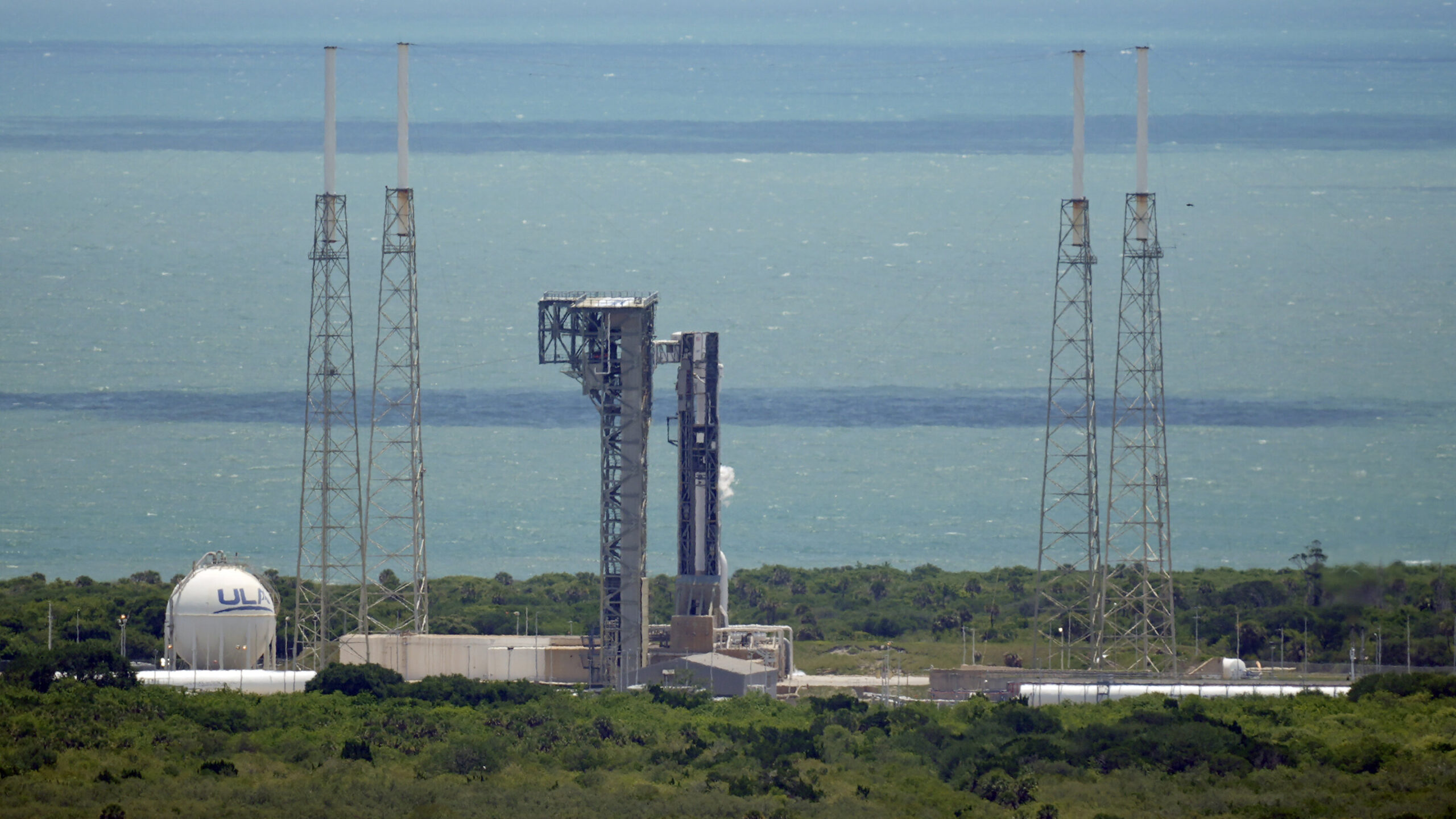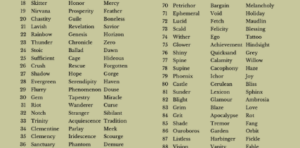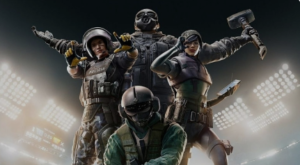Boeing’s 1st Astronaut Flight called off minutes before lift-off
It was decided to postpone the Saturday launch of Boeing’s Starliner, which was meant to begin its manned maiden voyage. 12:25 p.m. was the planned launch time for the new spacecraft on an Atlas V rocket. me. Suni Williams and Butch Wilmore, two seasoned NASA astronauts, join ET from Florida’s Cape Canaveral Space Force Station.
However, the countdown clock stopped automatically at 3 minutes and 50 seconds after launch, caused by the ground launch sequencer, or the computer that fires the rocket. After ensuring the astronauts’ safety, the teams went back to the crew quarters where Williams and Wilmore were waiting for further instructions.
The decision to forego Sunday’s Starliner launch was made by NASA late on Saturday. Wednesday, at 10:52 a.m., is when the next chance to withdraw occurs. me. EST. Mission teams, according to the agency, have not yet determined whether or not to try to launch the spacecraft at that point. June 6th is the date of the next backup start window.
Teams must independently pinpoint the launch issue with the ground start sequencer, as per Tory Bruno, United Launch Alliance’s president and CEO.
Teams can evaluate the triple-redundant computer system of the launch pad after the rocket’s fuel has been removed. “A large computer with the following features should be visualized as a large rack. An individual board or print is used to separate a controller.
The Boeing Crew Flight Test Mission’s Objectives:

If Starliner does launch, it will be just the sixth manned spacecraft maiden flight in U.S. history. s. At a May press conference, NASA Administrator Bill Nelson stated that history “began with Mercury, then with Gemini, then with NASA.”. “Starliner, the space shuttle, Apollo, Dragon, and now SpaceX’s product,” stated Nelson.
Being the first female on such a mission, Williams will also make history. Wilmore and Williams’ Starliner crew capsule lifts off the Atlas V rocket and ignites on its own after entering orbit.Starliner will travel over 24 hours to reach the International Space Station, testing engine performance, spacesuit fit, and manual controls.
The astronaut pair will spend 8 days aboard with 7 other crew members. They will assess Starliner’s “safe harbor” emergency feature. Williams and Wilmore will use the same capsule to return to the U.S., as announced by Steve Stich during a press conference.
At a point in the southwest of the United States, Williams and Wilmore will return home aboard the same Starliner capsule. Although Stich stated that other dates are available in the event of severe weather, June 10 is the earliest possible return date for Williams and Wilmore.
Delays in development:
Starliner’s path to the launch pad faced delays, setbacks, and test flight problems. Boeing states SpaceX now leads in astronaut travel. This mission may be the final significant achievement for NASA before they prepare Boeing’s Starliner spacecraft for regular operations to transport crew members and supplies to the space station. “We are excited to undertake this mission. “We are certain that we will gain knowledge from this test flight,” stated Mark Nappi, vice president and program manager of Boeing’s Commercial Crew Program, in a release.
Our next Starliner 1 mission exceeds the current one with upgrades. A valve problem in the Atlas V rocket delayed its manned launch on May 6, requiring the whole spacecraft and rocket to be taken back for fixes.
Next, the spacecraft’s service module experienced a minor leak of helium, as reported by the mission teams. A single reaction control system engine component called a flange is used to contain helium in an active system. The leak was discovered in this component. This part allows the engines to ignite. The leak does not endanger a mission, according to the space agency. He stated, “With this specific flange, we really looked at our options.”. The flange is difficult to work on because it houses helium, oxidizer, and fuel lines.
The teams decided that the helium leak was small enough to be managed instead of constructing a replacement to seal it, as reported by Stich. It didn’t come up to the point of closing deals when we looked into this, according to Nappi. “‘Is it safe or not?’ was the question, and the answer is yes. We therefore concluded that, with what we had, we could take off.”. During the Saturday morning launch countdown, the mission teams monitored the leak and no issues have been reported yet.
Two-week Preparation
In the two-week preparation period, teams finalized helium leak standards and resolved engineering rules. During the pre-launch helium assessment, we discovered a potential design flaw in the propulsion system that could cause engine failure after Earth orbit.
NASA, Boeing, and the engine manufacturer collaborated on a backup plan for the deorbit burn, as mentioned by Stich at a press conference on May 24. This restored redundancy for backup capability after a rare set of failures in direct combustion.
Following a flight readiness review on May 29, executives from NASA, Boeing, and United Launch Alliance assessed launch readiness, including all systems and facilities. Teams also inspected Starliner’s parachutes after a recent failure on a Blue Origin flight, with Stich noting that Starliner uses a similar parachute system. Blue Origin shared flight data, and upon evaluation, the team deemed Starliner’s parachutes “good to fly.”
Last-minute packing
Dana Weigel, NASA’s ISS program manager, mentioned Starliner’s ability to address a recent anomaly on the space station. On the urine processor assembly of the station, a pump has failed. The urine processor acts as the initial stage of a water recovery system, processing the crew’s urine. (Weigel explained this.)
A water purifier transforms the water traveling downstream into potable water. The station functions as a closed loop. A cargo replenishment mission in August will bring a replacement pump as the original one should last until fall.
However, Weigel stated that the pump malfunction “left us in the position of storing a lot of urine.”. The crew on board now needs to keep urine in containers. The cargo compartment of the Starliner received a new pump to address the issue promptly. Due to the 150-pound pump, Wilmore and Williams took two crew bags from the Starliner with clothes, shampoo, and soap.
NASA astronaut Mike Fincke mentioned that the astronaut pair will utilize emergency clothing and toiletries during their short stay on the space station. Wilmore and Williams had been in crew quarantine since late April prior to launch. Fincke, following a successful test flight, will pilot the upcoming Boeing Starliner-1 mission and shared this information.
Next Launch Plan
On June 5, the launch would take place at 10:52 a.m. m. EDT (1452 GMT), though NASA’s webcast is anticipated to begin roughly four hours earlier. According to Boeing officials, Starliner has one more backup launch date after June 5 on June 6. After that, ULA and Boeing would need to take a break for about ten days in order to replace the vehicle batteries.













1 comment